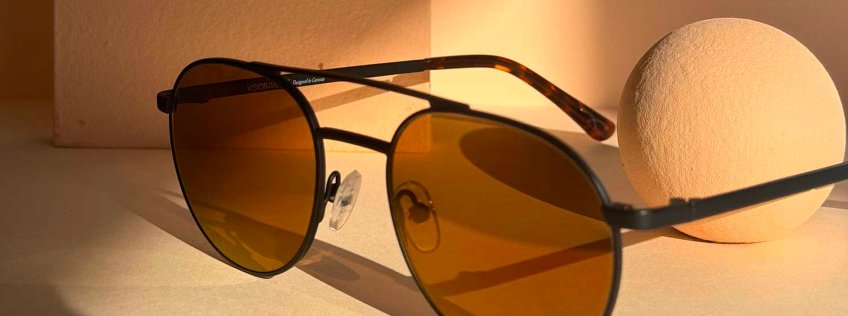
How to Tell if it's Time to Wear Glasses?
by Optoplus / October 2018
1 - The optometrist, an essential expert for treating eye disorders
Frequent eye diseases:
- Astigmatism: The deformation of the cornea or the lens that makes it difficult to perceive objects from near and far which will often seem blurred.
- Myopia: The eye is geometrically too long and complicates the self-compensation that allows to discern the elements. From a distance, vision is very blurred but clears up as objects get closer.
- Presbyopia: A visual disorder that generally occurs after 40 years of age. It becomes
- hard to see up close and almost impossible to read the fine print in a text.
- Farsightedness: Unlike myopia, this eye disease prevents one from sharply discerning close objects.
Here are some sure signs that you should see an optometrist for an eye exam:
- You must make a great effort to focus on near or far objects.
- It becomes difficult to read close items.
- Your eyes tire easily from looking at a screen or a book.
- You often rub your eyes.
- You are constantly narrowing your eyes.
- The glare of the sun becomes unbearable.
2 - The optometrist and the eye exam
The optometrist is the eye health professional. Their primary role is to examine eyesight which allows them to identify and to effectively treat eye diseases. At the end of the eye exam, they may prescribe eyeglasses or contact lenses. They can also perform minor surgeries, such as extracting foreign bodies from the eye.
An eye exam is a test that is recommended to be performed regularly to ensure eye health. The optometrist will evaluate your eyesight using the Snellen chart. This tool gradually decreases letter sizes until they get very small to determine your ability to see near and far.
3 - An alternative to eyeglasses
Wearing eyeglasses is a burden for some. Feeling the weight on our nose and seeing two lenses constantly in front of our eyes can actually be uncomfortable. Fortunately, there is an alternative recommended by optometrists: contact lenses. Contact lenses allow wearers to keep their face free of glasses. However, make sure you are rigorous in terms of hygiene and maintenance of your contact lenses. We must also get used to putting contact lenses on, which, at first, is a laborious task.
Today, technology has reached a point where laser surgery can directly treat the eye. It is not the optometrist who performs the surgery, however, they do perform pre and post-operative consolations in order to make sure the surgery went well.
Our eyes send signals to our bodies, warning of a problem. To find out if it's time to wear prescription glasses, make an appointment at one of our OptoPlus Optometric Clinics for an eye exam performed by an eye health professional.
Share this article





